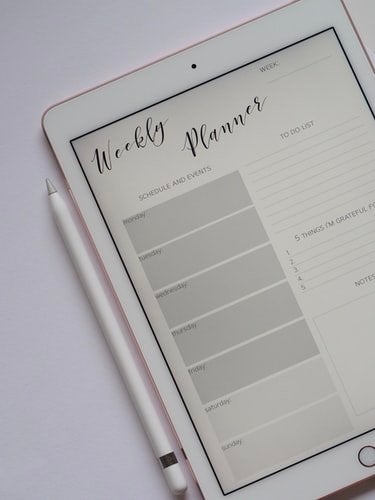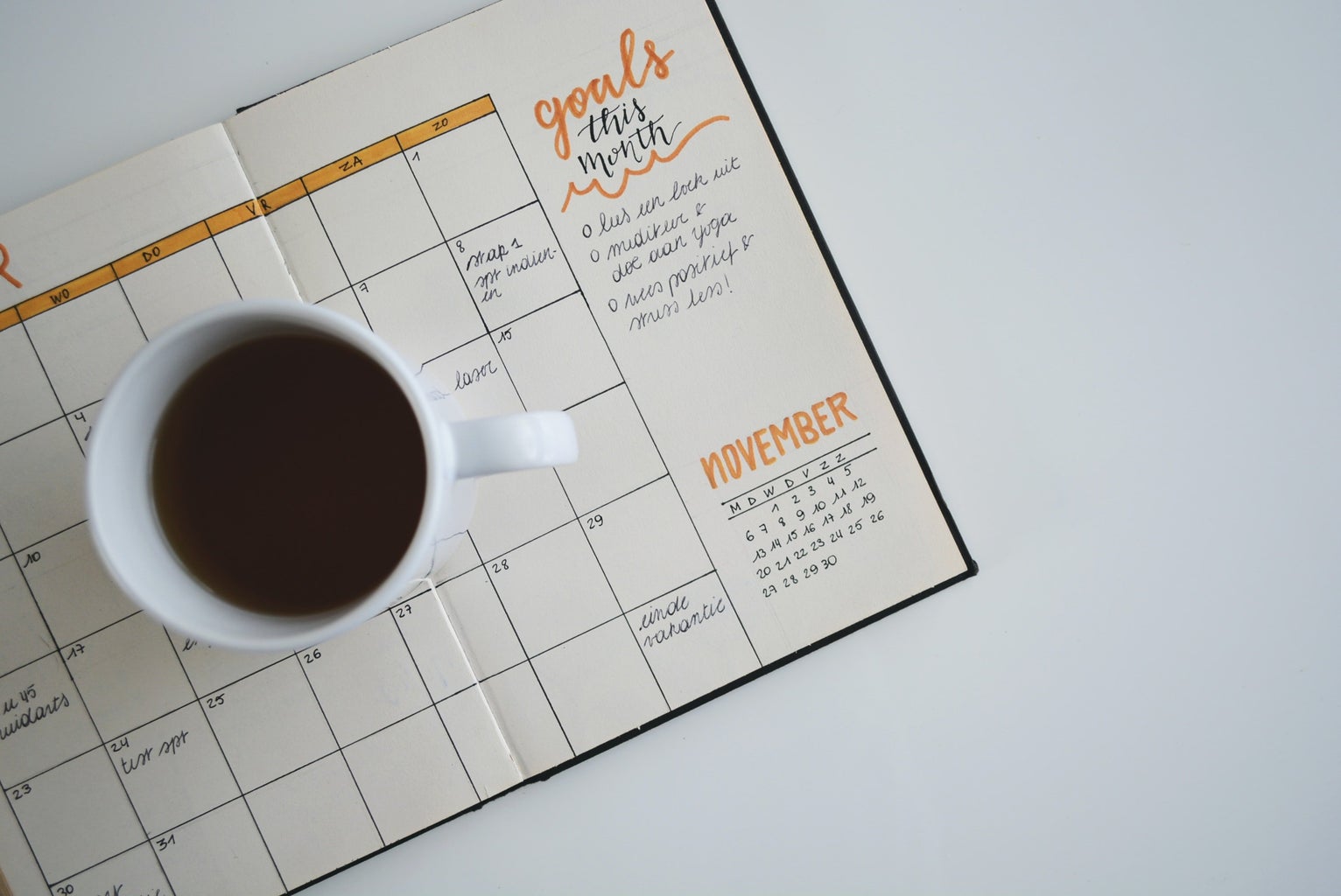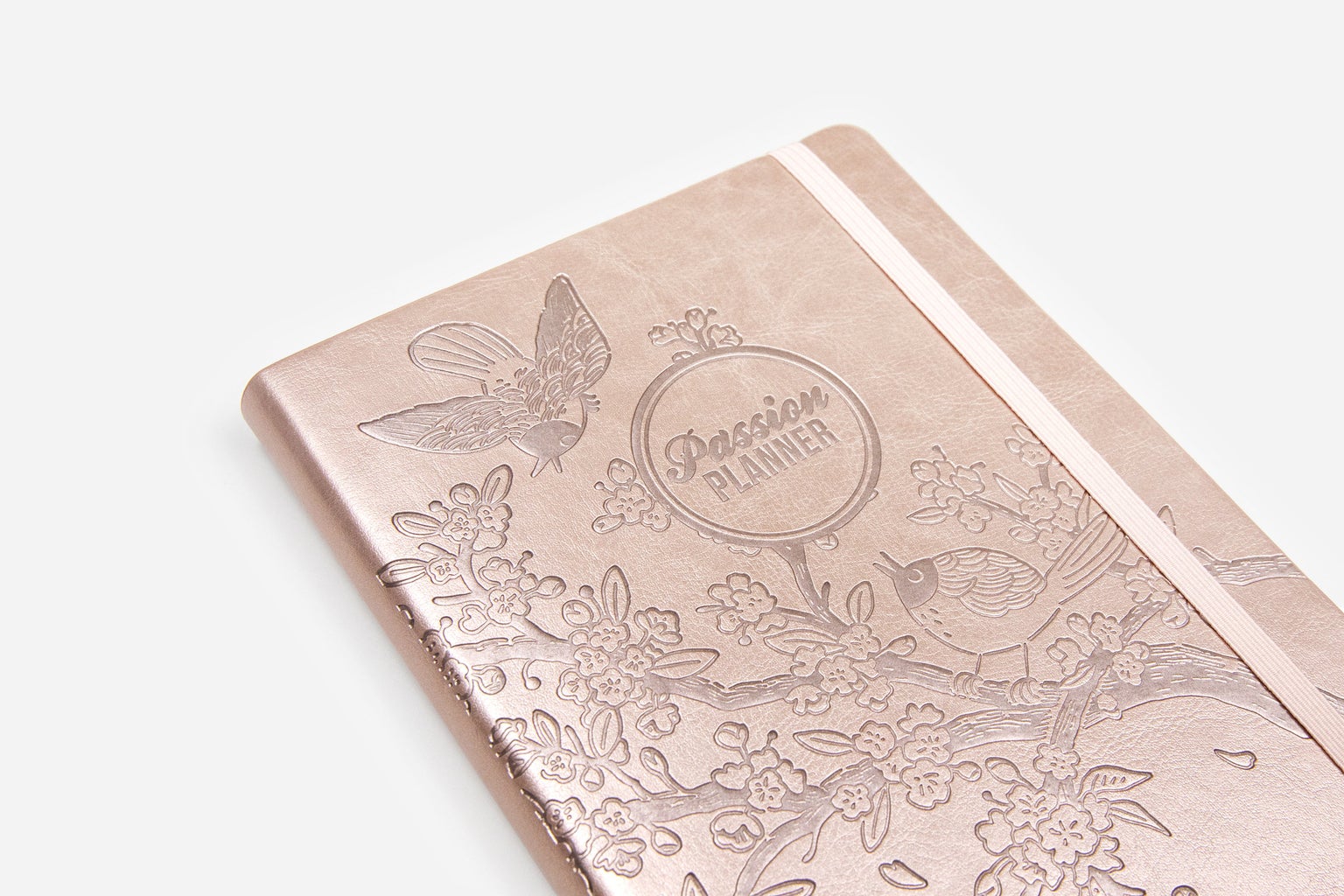It’s the end of 2023, and lots of us are gearing up for the start of the new year. That means new resolutions, new goals, and a new planner. After trying what seems like a million kinds of planners, I found what works best for me. Today, I’d like to introduce you to a bunch of planners, to-do lists, and organizers I’ve come across that you may want to check out. We’ll cover the cost, pros and cons, and specific features of all these styles. Take a look, and see if anything suits you!
- The Digital Planner: Goodnotes Templates.
One popular form of planning that is efficient and customizable is digital planning. Many people do their digital planning on an application called “Goodnotes,” which is accessible through iPhone, iPad, and Mac. There is an initial fee of $10 to get the app, and a subscription of $10 a month is offered, but many digital-planning-lovers would tell you the subscription is unnecessary for what you need the planner to accomplish. Goodnotes is set up so that you can hyperlink pages (perhaps from a table of contents) and easily find the page you are looking for, even in a 700 page planner (yes, I have even used one of these). Digital planning allows you to have tons of pages of different helpful tools, such as habit trackers, mood trackers, budgeting tools and more, without the burden of a weighty book in your bag. Many people sell planner templates like this one for a modest fee (typically $5-$10), but you can also create your own. I recommend checking out Etsy for planner templates and stickers if a digital planner seems up your alley.
- Digital Calendars
Staying in the digital realm, another style that may work for you is a digital calendar. If you care more about time-blocking and don’t necessarily need accessories like trackers and logs, Google Calendar or TimeTree might work well for you. With these sites, you have the ability to assign events to specific “calendars” that you can toggle on and off. You can even share calendars with friends and family, and see what’s on their schedules. I utilized Timetree to make a group calendar with my roommates during my junior year of college, and it helped us to schedule when we should have quiet hours, when we could do group chores, and more. Digital calendars are usually free, so there is no cost barrier to success here!
- Planner by Month or Week
For a slimmer planner, you may want a monthly scheduler, or a physical calendar. If what you’re looking for is more of an overview, a calendar that you can write out standout events on could be a game-changer for keeping track of your appointments, meetings, and classes. If you need something more specific, check out a weekly planner. There are tons of styles of these, including blank boxes for you to fill up as you wish, or more scripted sections where you can fill out priorities, habits, and more. These options aren’t as detailed as some other options, but if you are looking for something to help you remember some basic scheduling info, a monthly and weekly planner may be for you! These planners are usually anywhere from $10-$30, and are more lightweight. This cute planner has a combo of monthly and weekly views.
- The Daily or Hourly Planner
A daily planner is a good option for those who want an in-depth overview of each day of the year. Some daily planners have spots for different activities, such as a daily overview section, a water intake tracker, a priorities or to-do list, and a notes section. Others are hourly, or include an hourly section. This option is specifically good for university and college students, as it allows you to block out specific times for studying, classes, and more. Daily planners are usually $10-$40, since they require more paper. They can also be a bit heavier than other planners, for this same reason. Here’s a daily planner with tons of sections to help you stay organized.
- The Self-Care Planner
Maybe you don’t need a scheduler or a study planner as much as you need something to remind you to take care of yourself. Self-care planners take a softer and more guided route than other planners, often including sections to journal, to check off self-care priorities, and more. Self-care planners have become a lot more popular in recent years, and their price is varied– though I would say a good self-care planner should be no more than $30. These are the only type of planner on this list that I have not tried myself, as I have always looked for more of an academic organizer, but I think it’s a valuable option for those who feel on top of their student life or career but perhaps feel a bit lacking in the self-love department. Try Simple Self for therapy planners, wellness journals, and self-care focused planners.
- Notion
A popular tool that has emerged in recent years is the application “Notion,” which allows users to fully customize a sort of freeform planner/database/personal website to suit all of their needs. Essentially, through easy, chunked commands, the user is able to “code” their digital space how they want it. For example, you can choose to embed a table chart as a weekly habit tracker, then link that table to a monthly table, which will update as you go. You can also link pages inside each other for more space, breaking down the site into bite-size focused sections. Pretty cool, huh? Notion provides templates for you to use, and some people sell or provide templates for free that you can import into your own webpage. Many people enjoy the freedom that comes with Notion’s blank pages, exceptional “free” plan (there are also paid plans and student discounts), and customizability. However, others can find Notion to be daunting, since it does require a little bit of learning to get started. There are many study and career youtubers that demonstrate how to use Notion, if you want to learn. Check out this cute Notion guide by Wesley Anna.
- A Basic Notebook or Bullet Journal
When it comes down to it, a simple lined, unlined, or dotted notebook can be your best friend. Maybe one day you want an hourly schedule and a checklist for tasks. Maybe another day you want to just jot down some notes and track your water intake. A simple notebook or a bullet journal might allow for the handwritten freedom you are looking for. There are many beautiful examples of bullet journals across the internet, if you need some inspiration. Here is a lovely spread I found on Pinterest.
- The To-do List: Advanced or Simple?
Sometimes, a to-do list is all you need. If you’ve got your schedule memorized and just need something to track your tasks or assignments, a to-do list might benefit you more than a planner. There is the basic to-do list, which has just a checklist, or a more advanced to-do list, with sections for notes, trackers, priority tasks, and more. Another option is an online to-do list. I highly recommend Microsoft’s app “To-Do,” which can be accessed on multiple devices and syncs to your latest changes. To-Do allows you to create different lists, organize those lists into groups, and will even take all of your tasks with due-dates and organize them into another list in due-date order. I like physical to-do lists, but To-Do is such a wonderful tool, I end up using it as well. Simple to-do lists tend to be cheap, from $5-$10, and To-Do is free!
- The Build-Your-Own
If no planner has caught your eye, or you’re as picky as me, you may want to try building your own planner. Many sellers allow you to choose which inserts you want to include on your planner. Maybe you want a yearly layout and then a weekly. Maybe you want a habit tracker and an hourly sheet. Building your planner yourself online or designing one on a planner-building site might be for you. These planners can be a bit more expensive, depending on what options you choose. I would expect a custom planner to be anywhere from $30-$60. I bought my planner inserts from ptpaper on Etsy, and knowing everything is exactly as I want it helps me feel structured and organized.
- My Planner
Speaking of my planner, I thought I should give a little example of a planner with inserts, since this is a style that many folks don’t seem to know about. From ptpaper I purchased a dated, hourly week planner, and monthly divider tabs with notes and a beautiful cover page. I tend to get my planner stickers from “In The Slightest” on Amazon, but you can find planner stickers at any craft store, such as Michaels. For me, having a planner that suits my needs is crucial to my life organization. As a student who is also a writer and tends to have a lot of appointments, keeping track of everything is a must. If you’re looking for an organizer or you’ve never tried one before, hopefully one of the calendars, planners, and to-do lists in this article gives you some inspiration.







